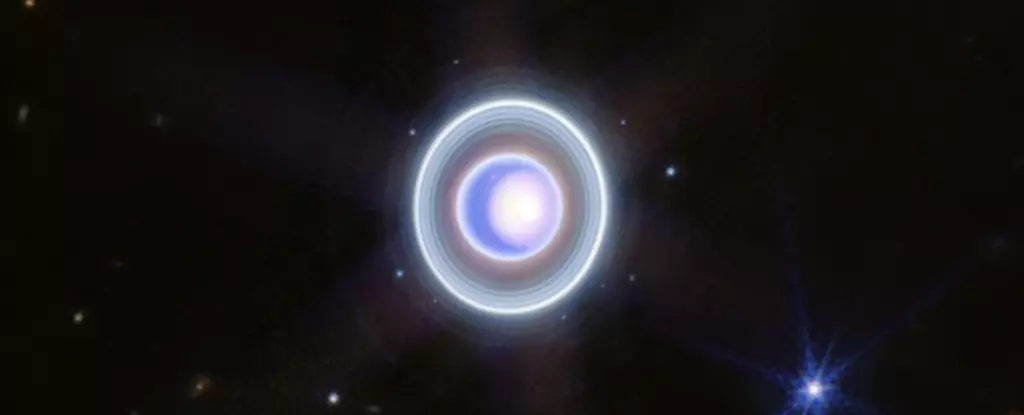Recent advancements in technology and observational techniques have led astronomers to uncover three previously unknown moons in the vicinity of Uranus and Neptune. These new additions bring the total count of official moons around Uranus to 28 and around Neptune to 16. The process of naming these moons in accordance with the conventions set for each planet adds an element of intrigue to these celestial discoveries.
The realm of the outer ice giants, Uranus and Neptune, has often been overshadowed by the attention given to Jupiter and Saturn in the moon race. These distant planets present unique challenges for observation and exploration due to their distance from Earth. This neglect has contributed to a limited understanding of the moons inhabiting these far-off worlds, making the discovery of new satellites an exciting prospect.
A Closer Look at the Moons
The three newly discovered moons exhibit wide, eccentric, and inclined orbits around their respective planets. These characteristics hint at a capture origin, where the moons were ensnared by the gravitational pull of Uranus and Neptune. The faint nature of these moons posed a challenge for detection, requiring specialized image processing techniques to reveal their presence amidst the vastness of space.
Key Characteristics of the Moons
Each of the newly discovered moons presents unique features that set them apart within the realm of planetary satellites. From the small size of the new Uranian moon, S/2023 U1, to the larger dimensions of the Neptunian moons, S/2002 N5 and S/2021 N1, these celestial bodies offer valuable insights into the diverse moon populations that exist around the giant planets of our Solar System.
Similarities Among Outer Moon Populations
The presence of outer moons around Uranus and Neptune mirrors the configurations observed around Saturn and Jupiter, hinting at a common method of moon acquisition across the giant planets. The grouping of moons based on similar orbits suggests a potential history of capture followed by fragmentation, leading to the creation of distinct moon families within each planetary system.
The alignment of the new moons with existing moon groupings around Uranus and Neptune opens up possibilities for further exploration and discovery. By tracing the orbital paths of these moons and identifying similarities with other known satellites, astronomers can piece together the evolutionary story of moon formation and capture within the outer regions of our Solar System.
A Call for Exploration
As our understanding of the outer ice giants continues to deepen with the discovery of new moons, there arises a compelling reason to delve deeper into the mysteries that lie beyond our familiar planets. The uncharted territories of Uranus and Neptune beckon us to explore further, shedding light on the hidden secrets of our celestial neighborhood.
The unveiling of the hidden moons of Uranus and Neptune serves as a testament to the ongoing quest for knowledge and discovery in the field of astronomy. With each new moon that is revealed, our understanding of the vast and complex cosmos expands, offering a glimpse into the intricate dance of celestial bodies that populate our Solar System.


Leave a Reply